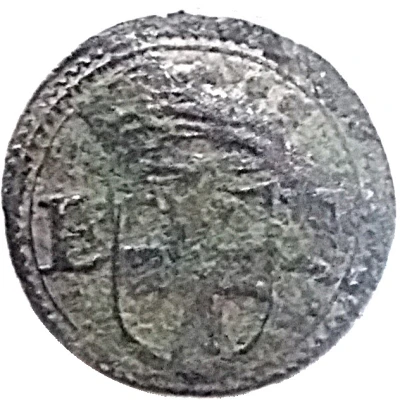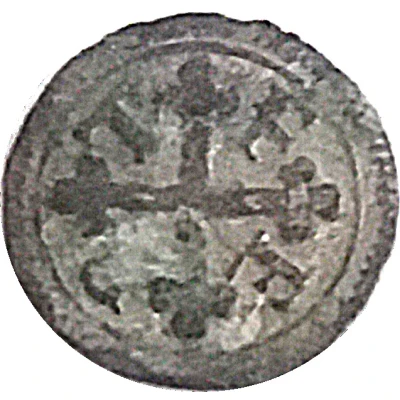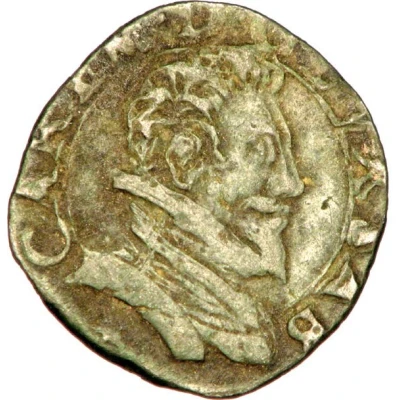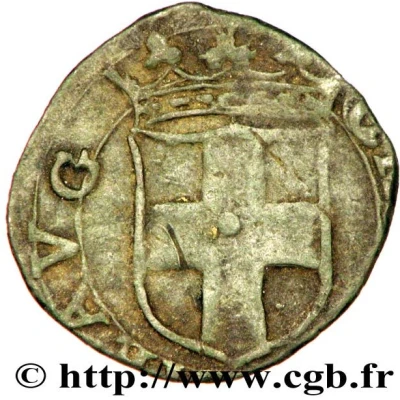


⅛ Soldo - Emmanuel Philibert I 1st type ND
| Billon | 0.69 g | 15 mm |
| Issuer | Duchy of Savoy (Italian States) |
|---|---|
| Duke | Emmanuel Philibert the Ironhead (Emanuele Filiberto I) (1553-1580) |
| Type | Standard circulation coin |
| Years | 1528-1580 |
| Value | ⅛ Soldo (1⁄160) |
| Currency | Lira |
| Composition | Billon |
| Weight | 0.69 g |
| Diameter | 15 mm |
| Thickness | 0.2 mm |
| Shape | Round |
| Orientation | Coin alignment ↑↓ |
| Demonetized | 30 August 1580 |
| Updated | 2024-10-05 |
| Numista | N#146993 |
|---|---|
| Rarity index | 97% |
Reverse
Cross of Saint Maurice cantoned with the letters F-E-R-T.
Script: Latin
Lettering: FERT
Engraver: Nicolas vialard
Edge
Plain
Comment
SAVOIE - DUCHY OF SAVOIE - EMMANUEL-PHILIBERT KNOWN AS "IRON HEAD(1553-1580)
Emmanuel Philibert (1528-1580), born in Chambéry on July 8, 1528, was the son of Charles II and Beatrice of Portugal. Between 1541 and 1553, he lived in exile. Charles V appointed him governor of Flanders in 1551, and he succeeded his father in 1553. Since his mother's death in 1538, he had been Count of Asti, but in fact owned only Nice. Under the Treaty of Cateau-Cambrésis on April 3, 1559, he regained his states and married Marguerite de France, the sister of Henri II. He died on August 30, 1580, and was succeeded by his son Charles-Emmanuel I (1580-1630).
Also known as demi quart de sol (Italian: mezzo quarto de soldo)
Interesting fact
One interesting fact about the ⅛ Soldo coin featuring Emmanuel Philibert I is that it was minted during a time of great change and turmoil in the Duchy of Savoy. The coin was issued during the reign of Emmanuel Philibert I, who was known for his efforts to modernize and strengthen the Duchy, which had been weakened by previous conflicts and financial struggles. Despite these challenges, the coin still maintains a high level of craftsmanship and detail, showcasing the skill of the mint masters and artisans who created it.

